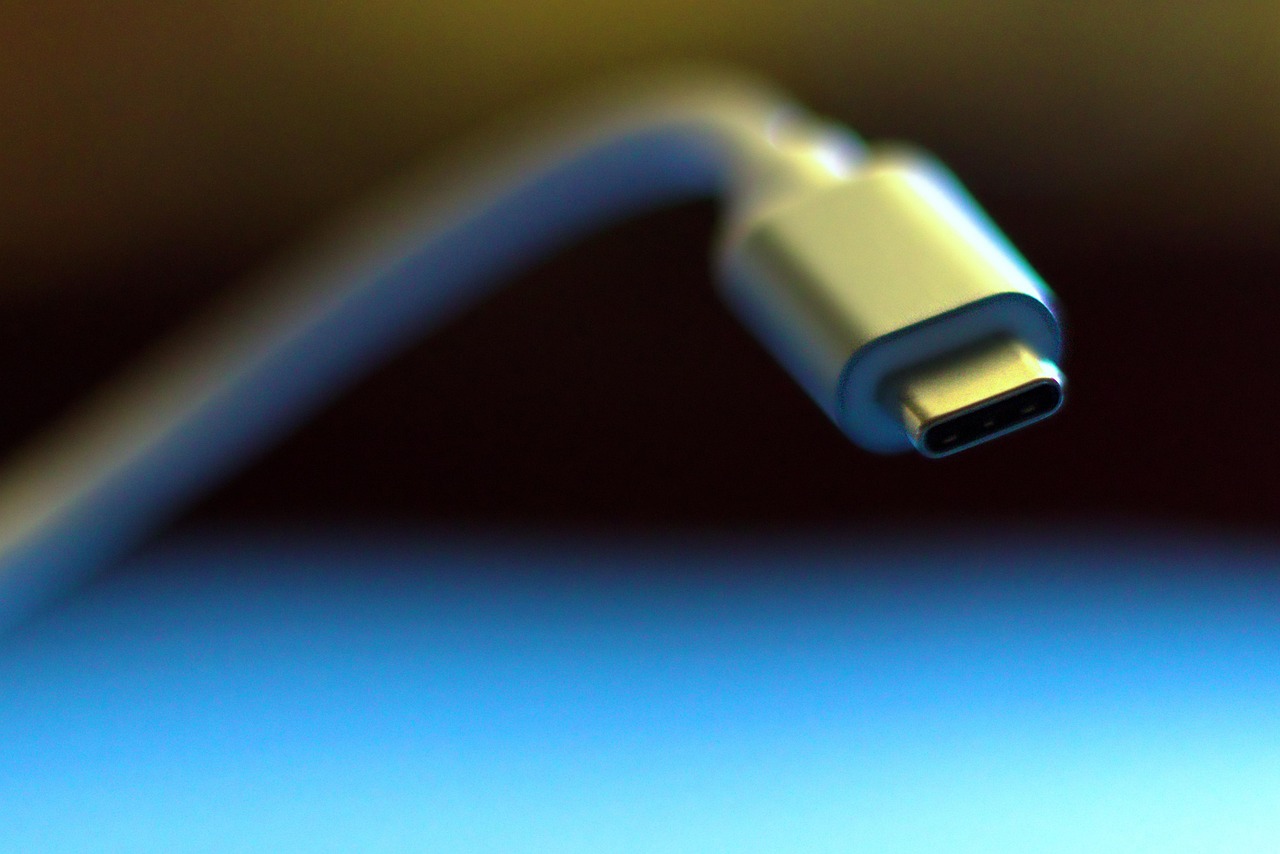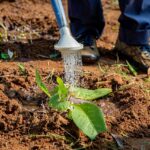Why you simply must checkout Improving groundwater recharge and Overview of the Great Basin Water Cycle
Improving groundwater recharge for Oregon: Southeastern Oregon is also impacted by the water cycle shortages
Headline: Unite for Water: Shaping the Future of the Great Basin
Introduction:
Embark on a journey of shared responsibility as we navigate the critical water challenges facing the Great Basin. Together, we hold the power to secure a vibrant future for our region.
Climate Connection: The Imperative of Collaboration
Our collective actions determine the fate of water in the Great Basin amid the looming impacts of climate change. A united front is essential to overcome these shared obstacles.
Water Scarcity: A Thirst for Solutions
The Great Basin faces a dire water crisis, threatening the well-being of our communities and ecosystems. Explore innovative initiatives like the Active Climate Rescue Initiative, dedicated to quenching the thirst of our parched landscape.
Looking Ahead: A Sustainable Water Future
The future of the Great Basin hinges on our collective commitment to water stewardship. Join us in forging a sustainable path, ensuring a thriving water supply for generations to come.
The Great Basin: A Land of Thirst and Hope
TL;DR The Great Basin is a big, dry place where water is scarce. Climate change is making things worse, but people are working hard to find solutions like saving water, using it wisely, and finding ways to replenish underground water.
The Journey of Water in the Great Basin
Imagine a giant bathtub, but instead of water filling it up, it’s slowly emptying. That’s kind of like the Great Basin. This vast area in the western United States, including parts of Oregon, Nevada, Utah, California, and Idaho, is a dry place.
Most of the water in the Great Basin comes from snow that falls on the mountains. As the snow melts, it flows into streams and rivers. Some of this water soaks into the ground, making its way to underground reservoirs called aquifers. These aquifers are like giant underground sponges, holding the water we use for drinking, farming, and industry.
A Thirsty Landscape: Water Shortages in the Great Basin
However, the Great Basin is facing a major challenge: water shortages. The bathtub is emptying faster than it’s being filled, and there’s less water available for everyone. This is partly because the climate is changing, making the area hotter and drier. Less snow means less water flowing into the rivers and aquifers.
The Great Basin’s water supply is also strained by population growth and the increasing demand for water in cities, agriculture, and industry. This is especially true in southeastern Oregon, where the water cycle is being impacted by drought and scarcity.
Fighting Back Against Water Scarcity
But don’t despair! There are many ways to combat water scarcity and ensure there’s enough water for everyone in the Great Basin. Here are some promising approaches:
Saving Water: Every Drop Counts
We can all do our part to save water by taking shorter showers, fixing leaky faucets, and watering our lawns less. These small changes add up to make a big difference in conserving precious water resources.
Smart Irrigation: Making Every Drop Work Harder
Farmers are using new technologies like drip irrigation to deliver water directly to the roots of plants, reducing water waste. This means using less water to grow the same amount of food.
Replenishing Underground Water: A Sustainable Solution
The Great Basin’s aquifers need to be replenished, or refilled. This can be done by capturing rainwater and directing it into the ground, a process called groundwater recharge. This helps to replenish the water stored underground for future use.
Looking Ahead: Climate Change and the Great Basin Water Crisis
The Great Basin’s water challenges are closely linked to climate change. As the planet warms, the snowpack melts earlier and faster, reducing water flow in rivers and decreasing groundwater recharge.
To address this long-term challenge, scientists and policymakers are working together to develop sustainable solutions. Organizations like the Active Climate Rescue Initiative are dedicated to finding innovative ways to address water scarcity in the Great Basin and beyond. They are working to raise awareness, support sustainable practices, and invest in research and development to address the water crisis.
A Shared Responsibility: The Future of Water in the Great Basin
By working together, we can overcome the water challenges in the Great Basin. Through conservation, innovation, and thoughtful policies, we can ensure that this arid region continues to thrive, providing a home for generations to come.
Summary: The Great Basin is a vast, arid region facing water shortages due to a changing climate and increasing demand. Water scarcity poses a serious threat to the region’s people, economy, and environment. However, by implementing solutions like water conservation, smart irrigation, and groundwater recharge, we can restore the balance of water in the Great Basin. Organizations like the Active Climate Rescue Initiative are committed to finding solutions to this pressing issue. The future of the Great Basin depends on our ability to work together and ensure a sustainable water supply for generations to come.
More on Improving groundwater recharge…
- SEO Keywords Related to ‘Improving Groundwater Recharge’
- 1. Groundwater recharge
- 2. Aquifer replenishment
- 3. Infiltration basins
- 4. Aquifer storage and recovery (ASR)
- 5. Managed aquifer recharge (MAR)
- 6. Rainwater harvesting
- 7. Soil moisture conservation
- 8. Drought mitigation
- 9. Water reuse
- 10. Watershed management
- SEO Keywords Related to ‘Overview of the Great Basin Water Cycle’
- 1. Great Basin Water Cycle
- 2. Hydrologic cycle
- 3. Precipitation
- 4. Runoff
- 5. Infiltration
- 6. Evapotranspiration
- 7. Groundwater recharge
- 8. Discharge
- 9. Arid climate
- 10. Closed basin




